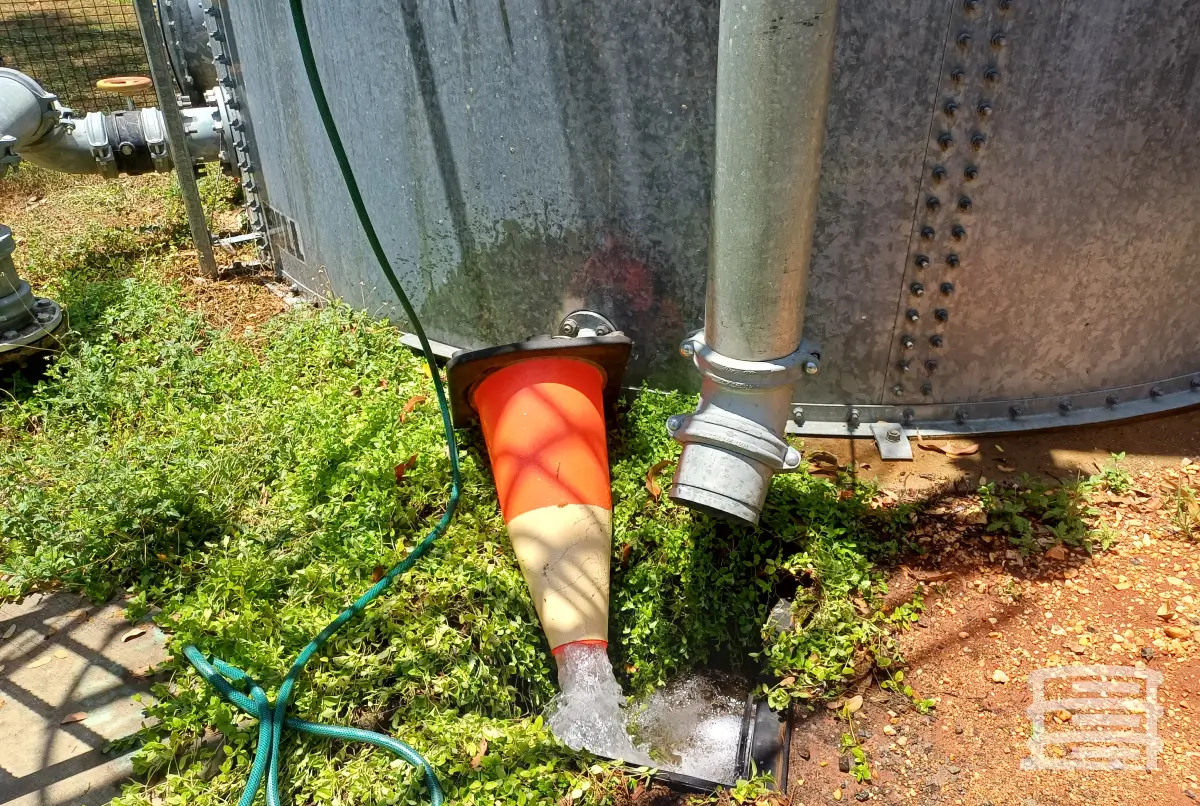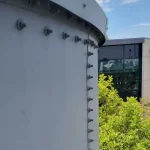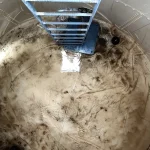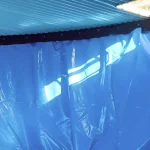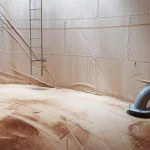Your water tank plays a vital role in your home or business, but neglecting it can have serious consequences. Don’t wait for a potential disaster!
One crucial area requiring your attention is the spillway, overflow, and drainage system. These components are your tank’s safety net, responsible for handling excess water. Regular inspections ensure they’re functioning properly and can prevent overflows or leaks that could lead to damage or safety hazards.
We’ll explore the importance of routine inspections for these vital systems and even provide tips on how you can conduct them yourself.
What are SpillWay, Overflow and Drain Systems?
A spillway functions as an outlet for surplus water when a tank reaches its maximum capacity, preventing overflow and potential damage to the tank while managing water levels in the nearby surroundings.
Typically, a tank’s water overflow mechanism includes a pipe or channel that surrounds the tank’s perimeter. Its purpose is to collect and redirect any excess water away from the tank, thus safeguarding the surrounding area from water damage and aiding in the regulation of environmental water levels.
Additionally, a drain system consists of pipes and valves designed to remove water from the tank. This system serves maintenance purposes or prevents the accumulation of stagnant water at the tank’s base. It facilitates the maintenance of clean water within the tank by preventing the buildup of debris, thereby reducing the risk of harmful bacteria and contaminants.
Regular inspections are crucial to ensure the proper operation of each system, thereby mitigating potential hazards associated with water.
Why Spillways, Overflows and Drain Systems Should be Inspected Regularly
Regular inspections of water tank spillways are imperative for several compelling reasons:
- Safety Ensuring the safety of water tanks hinges on the proper functioning of spillways. These mechanisms prevent tank overload and potential failure. A malfunctioning or obstructed spillway can lead to overflow, endangering the surrounding area and potentially causing structural damage. Regular inspections are critical to uphold the spillway’s integrity and functionality.
- Environmental Protection Spillways play a crucial role in regulating local water levels and mitigating environmental harm caused by excessive water. Routine inspections are essential to verify that spillways effectively manage and divert water from the storage tank, minimizing environmental impact.
- Water Management Regular inspections conducted by professional water tank maintenance and repair services help identify and address water management issues promptly. This proactive approach ensures that problems such as clogging or erosion within spillways are detected early and resolved efficiently.
- Cost Efficiency Regular inspections are instrumental in identifying potential issues before they escalate into costly problems. By conducting routine checks, water tank owners can proactively manage and rectify issues, thus avoiding expensive repairs or replacements. This practice not only preserves the tank’s long-term safety and durability but also optimizes operational costs over time.
How to do Regular Inspection
Here’s a guide on how to conduct inspections of spillways and water overflowing systems in water tanks:
- Visual Inspection: Begin by visually examining the spillway and overflow for indications of damage such as cracks, holes, or missing components. Additionally, check for debris or any blockages obstructing water flow.
- Functional Testing: Fill the water tank and observe the spillway and overflow to verify their proper operation. Look for any signs of obstruction or restricted water movement.
- Environmental Assessment: Evaluate the surrounding area for signs of erosion, instability, or water damage caused by overflow or spillway discharge.
- Documentation: Document your inspection findings comprehensively, noting observations, measurements, and any required repairs. This documentation serves as a valuable reference for future inspections and maintenance.
Ensure compliance with safety protocols during the inspection, including wearing appropriate protective gear and adhering to relevant regulations. Seek assistance from a professional if additional expertise is needed to conduct the inspection effectively.
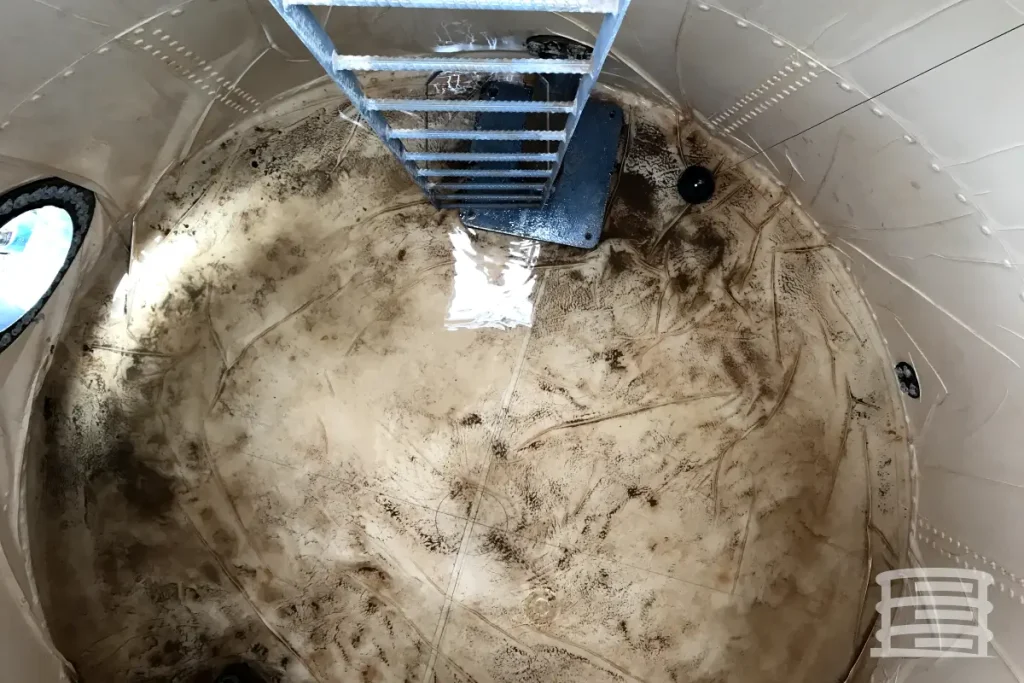
Things to Consider when Inspecting Spillaways and Drain Systems
When evaluating the water spillway of a water tank, consider the following aspects:
- Design Specifications: Familiarize yourself with the spillway’s design specifications, encompassing its dimensions, configuration, and capacity. This knowledge helps in assessing its performance and identifying any deviations from the original design.
- Integration with Water Management: Assess how the spillway integrates into the broader water management system of the area. Ensure it meets the specific water management needs and regulations applicable to the site.
- Identifying Potential Risks: Recognize and mitigate potential risks associated with the spillway, such as water damage or structural integrity issues. Addressing these risks proactively helps prevent accidents and ensures the spillway operates safely.
- Maintenance and Repair Protocols: Understand the correct procedures for maintaining and repairing the spillway, including clearing debris and obstructions. Regular maintenance ensures the spillway functions optimally.
- Safety Precautions: Adhere to safety protocols during spillway inspections, including using appropriate protective equipment and following regulatory guidelines. This ensures the safety of personnel involved in the assessment.
- Tools and Equipment: Utilize suitable tools and equipment, such as measuring instruments and safety gear, to conduct a thorough inspection effectively. Having the right tools enhances the accuracy and reliability of your assessment.
Your Water Tanks are in Good Condition with NFPA 25 Inspections by American Tanks!
If you’ve noticed persistent spills, water overflow, or leaks from your water tank, it’s essential to have it inspected by a professional water tank service provider with expertise in resolving these issues.
NFPA 25 Inspections by American Tanks provides thorough inspection and reporting services. Whether your tank is newly installed and needs its first check-up or your outdoor concrete setup is two decades old and requires maintenance, we are equipped to handle it.
Call NFPA 25 Inspections by American Tanks at +1 800 656 0167
Or email at info@nfpa25inspections.com
